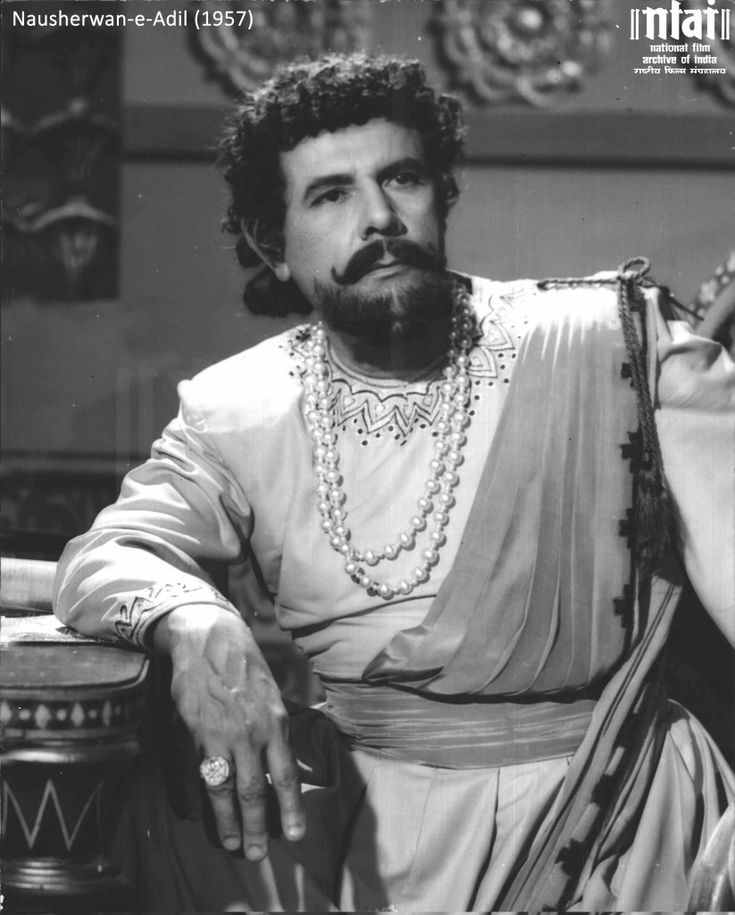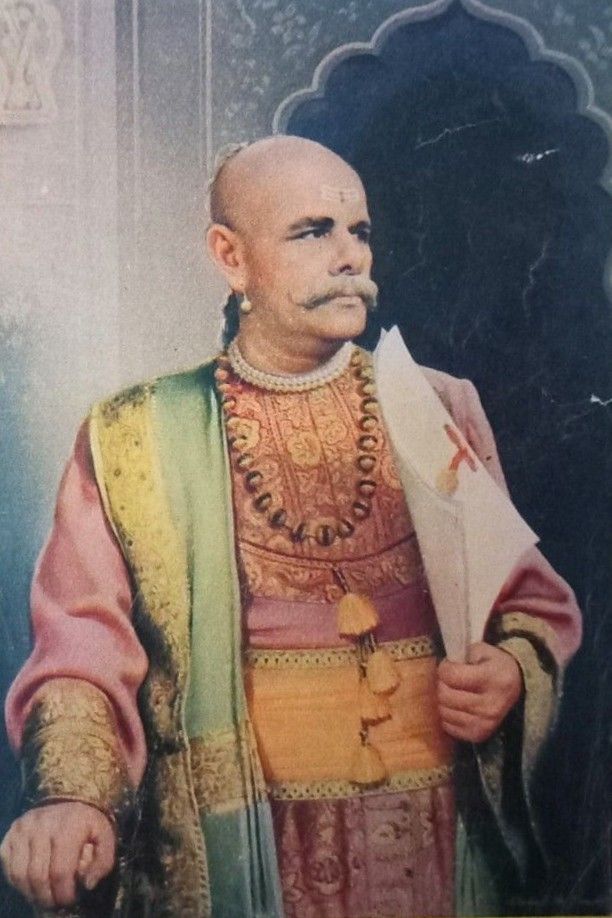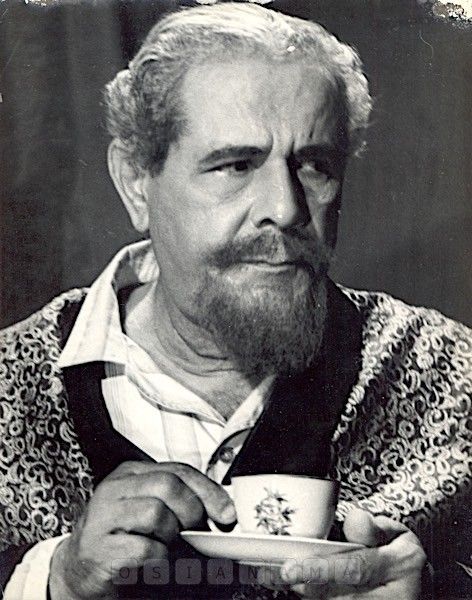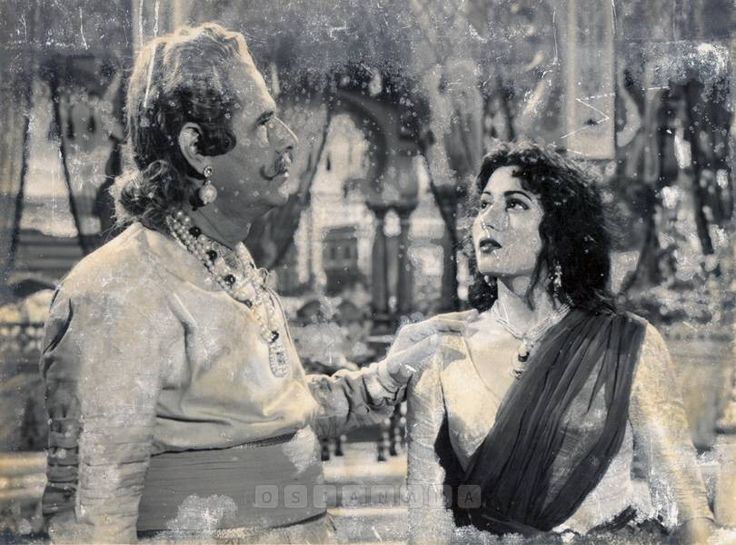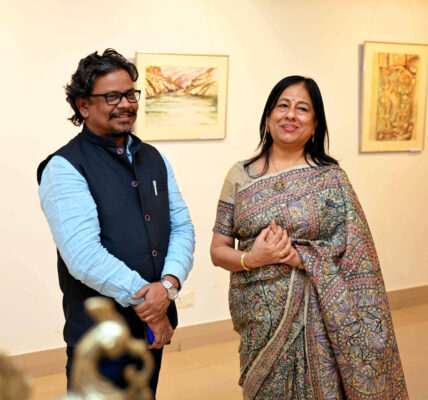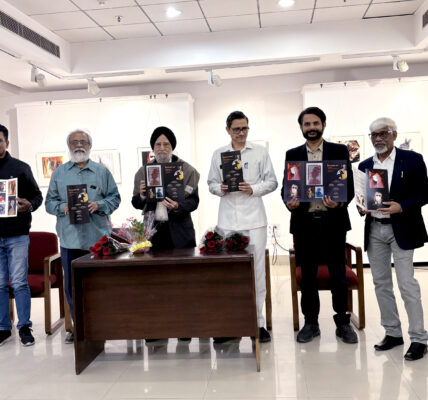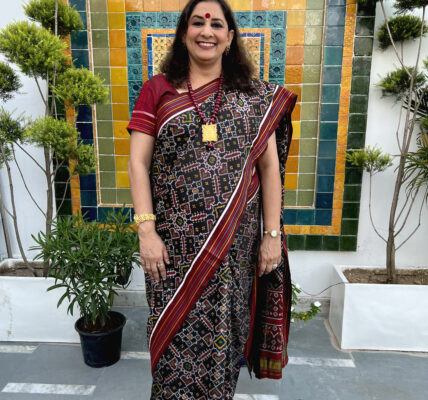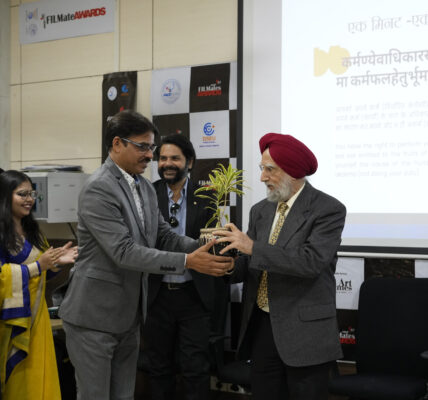Such was the power of voice of Sohrab Modi
Tumhare hi liye paida hue duniya ke nazare. chamakte hai
tumhari roshni se chand aur taare …
tumhara gham hai gham, auron ka gham khawab-o-kahani hai…
tumhara khoon hai khoon, hamara khoon pani hai..”
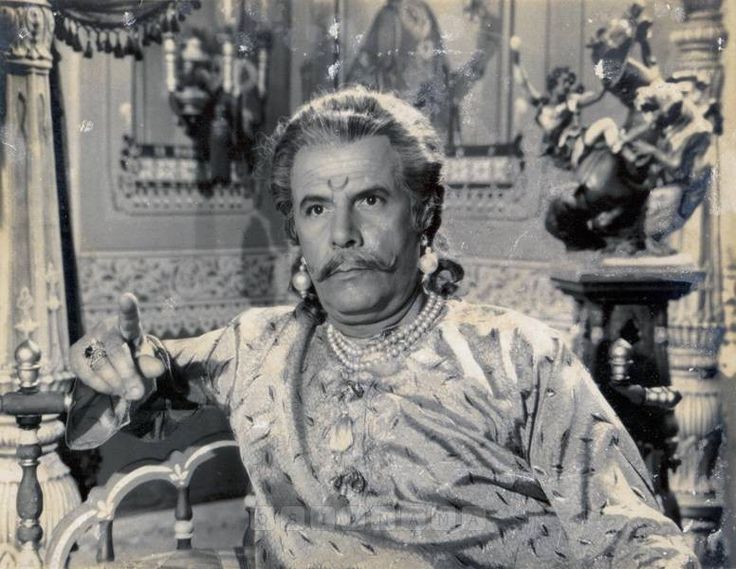
Modi’s distinctive voice and authoritative presence on screen made him a compelling actor, and he often played strong, complex characters in his films. Some of his notable works include “Pukar” (1939), “Sikandar” (1941), and “Mirza Ghalib” As the tale goes, Sohrab Modi was in a Bombay theatre to check the audience’s response to his latest film and saw a man sitting with his eyes closed. Irritated, he asked an aide to usher him out and refund his ticket money. The aide came back to report that the man was blind and came just to listen to Sohrab Modi.
Sohrab Modi’s early life was shaped by his family’s roots in Rampur, where his father served the Nawab. This upbringing enabled him to master both Hindi and Urdu. His foray into films began in his teenage years when he and his brothers organized film screenings across central India during World War I. In the 1920s, he founded a drama company, which later evolved into his film production house, Minerva Movietone, in the mid-1930s.
Even in the 1930s, Sohrab Modi’s films, made under his Minerva Movietone banner, had broached issues like alcoholism and the right of Hindu women to divorce, but did not stop there and moved on more taboo subjects like illicit love, incest, patriarchy, and the stultifying influence of tradition and culture.
He brought Shakespeare from stage to film; he made extravagant historicals that brought him international recognition; he made progressive films on social issues. A pioneer by any definition, Sohrab Modi was an auteur who lived for cinema. His beginnings were humble. Sohrab Merwanji Modi was born on 2 November 1897 in Bombay, the eleventh child in a large, conservative Parsi family. As a child, he spent hours learning Urdu, acquiring not just a flair for the language, but excellent diction as well. In an anecdote he often shared, Modi recalled asking his school principal what he should be. The principal, referring to his pupil’s famous baritone, told him he should be an actor or a politician.
He himself earned quite a reputation as a Shakespearean actor.
Soon, however, the popularity of silent films and even theatre began to wane. Alam Ara (1931), India’s first ‘talkie’, had taken the country by storm. ‘Talkies’ were here to stay, and Modi realized that films were the way forward. Keki his brother and he soon set up the Stage Film Company; their first film was Khoon ka Khoon (1935), a direct adaptation of his Urdu play scripted by Mehdi Hassan Ahsaan, who adapted Shakespeare’s Hamlet into Urdu.
Modi soon realized that film-making was different from theatre, and shifted his attention to contemporary social issues – Jailor, Talaq and Meetha Zahar (all in 1938) dealt with infidelity and the chilling portrayal of a man who turns into a tyrant; a woman’s right to divorce; and the evils of alcoholism, respectively. In many ways, Modi had realized the power of film to delve into social evils and pass on a progressive message.
Khoon ka Khoon was the first Hindi/Urdu sound adaptation of Shakespeare’s Hamlet. It was an adaptation of an Urdu play by Mehdi Hasan Ahsaan, which had already been filmed as Khoon-e-Nahak (1928) as a silent movie. Ahsaan is credited for both story and script for the film which was filmed as a recording of a play on stage.
Modi’s career spanned half a century as an actor, director and producer. While his later movies may not have reached the heights he set for himself, he has indubitably carved out a place for himself in the annals of Indian film history. In 1980, he was awarded the Dadasaheb Phalke Award. He was also honoured with a stamp by the postal department in 2013 .
A little known fact is that In 1960 he was a member of the jury at the 10th Berlin International Film Festival.
In 1937, Sohrab Modi made the film Atma Tarang. The film was a social drama which tanked at the box office. Sohrab Modi was very sad because the film flopped. One day, 4 people were coming out of the theater to watch the same film, when they met Sohrab Modi.
The 4 men asked him, “Are you Sohrab Modi?
Sohrab Modi replied, “Yes, unfortunately I am.
“Why are you saying this?” asked one of the men. Don’t say that. Also, you keep making films on such issues, you will definitely be on top one day.
One of the most notable film of Sohrab Modi was Sikander.
And while one cannot think of a better Sikander than Prithviraj Kapoor, its Modi’s restrained but sturdy histrionics as Porous that steal the scene. Spontaneous, natural acting wasn’t the trend back then and it takes about 10 minutes to adjust to Sikander’s verbose theatrics. Once you get used to it, there’s much to appreciate in the marriage of booming baritone and vigorous physicality.
“Na ched ab mujhko, rehne de yahin tak dastan meri … kahunga sach toh jal jayega dil tera, zabaan meri…”
One of the most iconic dialogues in his powerful voice , thar also sums up our lives .
Sohrab Modi significantly contributed to Indian cinema as a pioneering actor, director, and producer. He is remembered for his epic historical films, powerful dialogues, and commitment to social and national issues. His films, like Jhansi Ki Rani (1953), were known for their grand scale and elaborate sets, and he is credited with making the first Indian Technicolor film, Technicolor Group.
